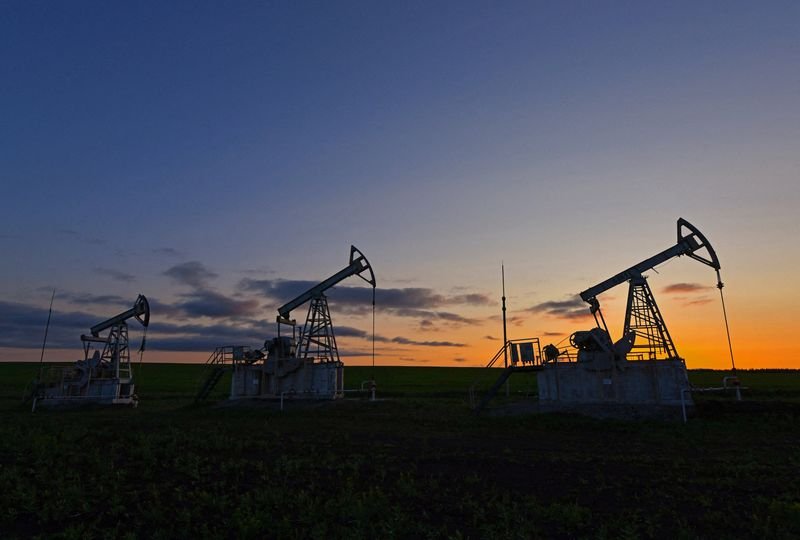Oil Prices Climb 2% Amid Market Analysis, Tariffs, and Sanctions
Oil prices experienced a notable increase of 2%, reflecting the complex dynamics of the market as investors evaluated various factors, including tariffs and sanctions. The energy sector remains in a state of flux, with numerous influences shaping prices and investor sentiment.
Factors Influencing Oil Prices
Geopolitical Tensions
Geopolitical factors play a significant role in oil price fluctuations. Each event can cause market reactions influenced by uncertainty and speculation. Sanctions imposed on oil-exporting countries can significantly restrict supply, thereby driving prices upward. Investors are closely monitoring developments in regions that produce large quantities of oil. These regions are often affected by political instability or economic sanctions, which can lead to sudden jolts in pricing.
Market Speculation
The behavior of investors is a critical component affecting oil prices. Speculation based on predictions and financial forecasts can propel prices in either direction. When major financial institutions release bullish forecasts, many investors may rush to buy oil, driving up demand and, consequently, prices. Conversely, negative predictions can provoke selling, creating downward pressure on oil values.
Economic Indicators
Economic indicators, such as unemployment rates and GDP growth, are essential metrics for understanding oil demand. A growing economy typically correlates with increased energy consumption, leading to higher oil prices. Conversely, economic decline can diminish demand, putting downward pressure on prices. Understanding these correlations is crucial for forecasting future movements in the oil market.
The Impact of Tariffs
Tariffs can cause substantial shifts in the oil market. When governments impose tariffs on oil imports, it can affect supply chains and global oil prices. The U.S. has historically utilized tariffs as an economic tool to protect domestic industries, and their impact can ripple through international markets. Investors need to analyze the effects of these tariffs, as they can alter buying patterns and influence market stability.
Sanctions and Their Repercussions
Sanctions against specific countries can create significant disruptions in oil supplies. For example, sanctions on nations such as Iran have previously resulted in lower global oil supplies, pushing prices higher. Investors must be vigilant in tracking any new sanctions or changes to existing ones, as these can lead to immediate changes in market dynamics. The interplay between sanctions and production levels is a constant concern for both traders and policymakers.
Supply Chain Dynamics
The oil supply chain is intricate and can be impacted by a variety of elements, including weather conditions, geological discoveries, and technological innovations. Disruptions in production due to natural disasters can limit supply and cause price spikes. Conversely, technological advances in extraction and production can lead to increased output and lower prices.
Global Demand Trends
The demand for oil is influenced by various global trends, including the transition to renewable energy sources and changing consumption habits. As countries work towards greener energy solutions, the long-term demand for oil may fluctuate significantly. However, in the short term, global economies still rely heavily on oil, making it a critical investment for many.
The relationship between traditional energy sources and renewable options is an ongoing conversation. Investors must navigate this evolving landscape, assessing how these changes might influence oil prices.
Conclusion
In summary, the oil market is at the mercy of various external factors, including geopolitical tensions, market speculation, economic indicators, tariffs, and sanctions. As oil prices rise, investors remain alert to the complexities of these elements. Staying informed is essential for making strategic investment decisions in an ever-changing market landscape.
